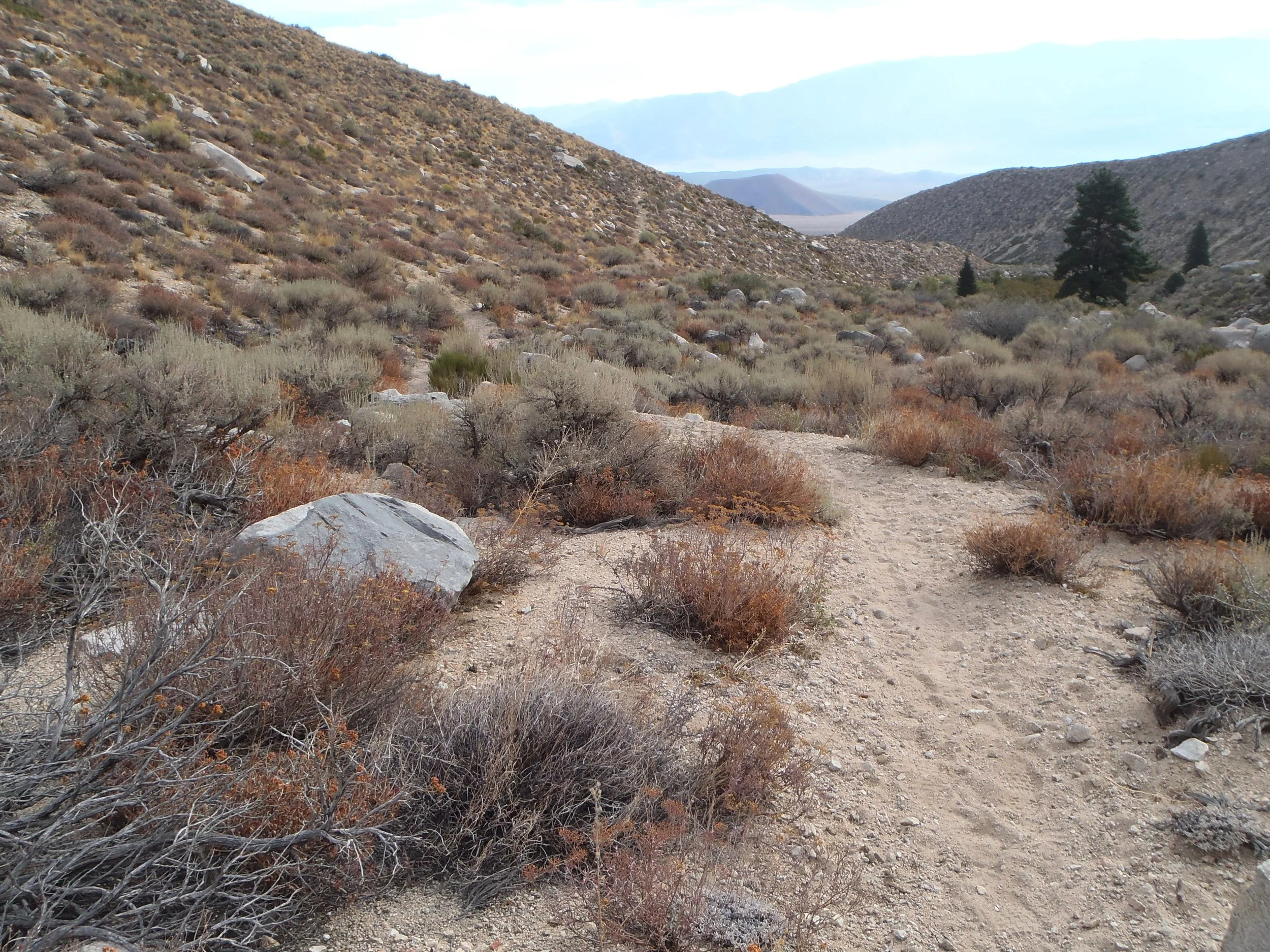What is Biodiversity
By Fred McPherson - July 2016
Updated from March 2010 and January 1995 ---- "Definitions of Biodiversity"
A Historical Perspective of Biodiversity
In the 1930's, outstanding scientists like R. A. Fisher, J. B. S. Haldane, and Sewall Wright had a large influence on the genetic concepts involving biological diversity. Wright established a methodology for discussing patterns of variability in terms of gene frequency, which has been used ever since. The word biodiversity was used in relation to theories of population genetics and genetic extinction in the early 1960's. It was applied in theories and models that were developed in attempts to understand the nature of inheritance and the process of evolution.
Even though the concept of variation in nature has been a theme in natural history and a major component of evolutionary theory for well over a century, the term biodiversity was not commonly used until the late 1980's. In Eugene Odum’s famous textbook Fundamentals of Ecology, third edition, 1977, new sections were added on natural resource management, pollution and environmental health, radiation ecology, remote sensing, microbial ecology, ecology of space travel, and human ecology, but he did not use or mention the concept of biodiversity. Diversity was discussed in relation to ecosystem development, stability, and indices, but biodiversity was not used.
Even though the term biodiversity was not even mentioned in the 1989 Oxford English Dictionary, it was becoming more commonly used by biologists and environmentalists at that time to refer not only to genetic diversity within the species, but also to diversity of species and taxonomic groups on the planet. The term biodiversity received more notoriety and usage after discussions of world biodiversity treaties at the 1992 Earth Summit Conference in Rio de Janeiro. Now the term is often applied to diversity of habitats, ecosystems and landscapes as well as genetic and species diversity. Some people think that the term should be even more broadly applied to include the vast diversity of all molecules found in nature. There is a growing tendency to look at biodiversity as being all biological variation within the biosphere.
The word biodiversity has now become commonplace and almost synonymous with concerns over the loss of species and the resulting effects on ecosystems and “ecosystem services.” It is now clear that these concerns should go beyond the species level of biological organization to include the loss of functions, pattern diversity and niches up and down the entire levels-of-organization hierarchy. The following are some definitions of biodiversity by various authors:
Definitions of Biodiversity
“The variety of life forms, the ecological roles they play, and the genetic diversity they contain.” Wilcox (1989)
"The variety of organisms considered at all levels, from genetic variants belonging to the same species through arrays of species to arrays of genera, families, and still higher taxonomic levels; includes the variety of ecosystems, which comprise both the communities of organisms within particular habitats and the physical conditions under which they live." Edward O. Wilson (1992)
"At the simplest level, biodiversity is the sum total of all the plants, animals, fungi and microorganisms in the world, or in a particular area; all of their individual variation and all of the interactions between them. It is the set of living organisms that make up the fabric of the planet Earth and allow it to function as it does, by capturing energy from the sun and using it to drive all of life's processes; by forming communities of organisms that have, through the several billion years of life's history on Earth, altered the nature of the atmosphere, the soil and the water of our planet; and by making possible the sustainability of our planet through their life activities now." Peter H. Raven (1994)
"Biodiversity, or biological diversity, is the natural variety and abundance of plants and animals and the environment in which they live. The interactions of these plants and animals create a strong and flexible web of life that stabilizes the environment we live in as well." Santa Cruz Mountains Biodiversity Task Force (1994)
References:
E.P. Odum, Gary W. Barrett, Fundamentals of Ecology, 5y Edition, 2005, Thompson – Brooks/Cole, US

